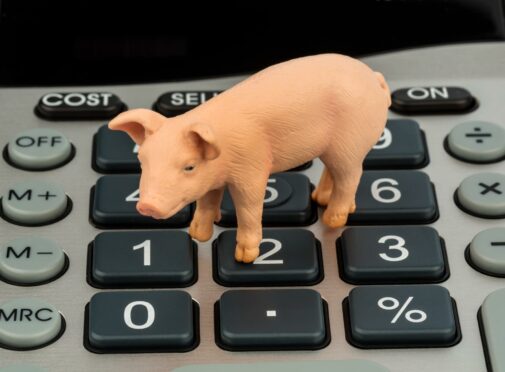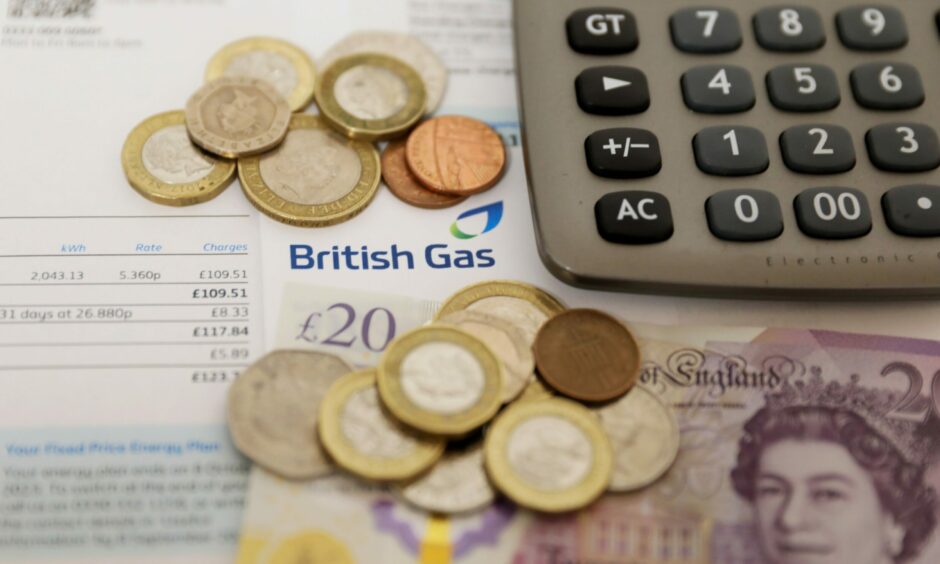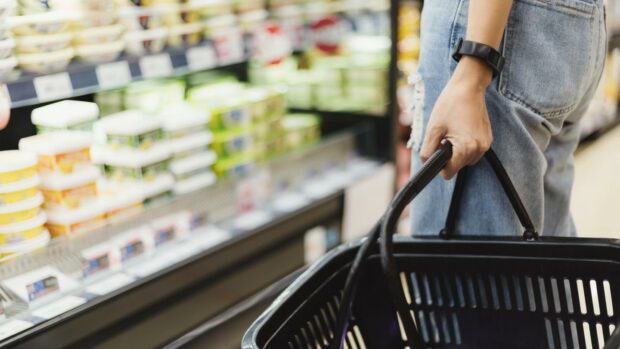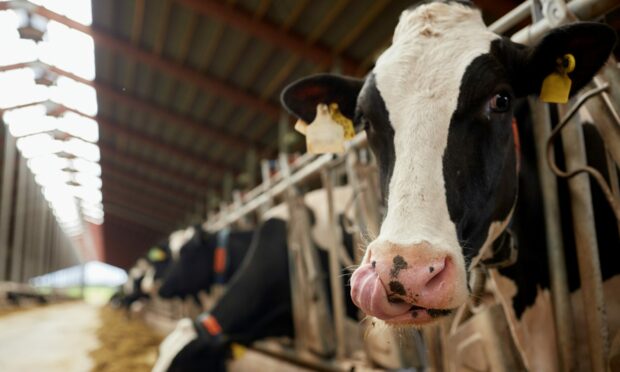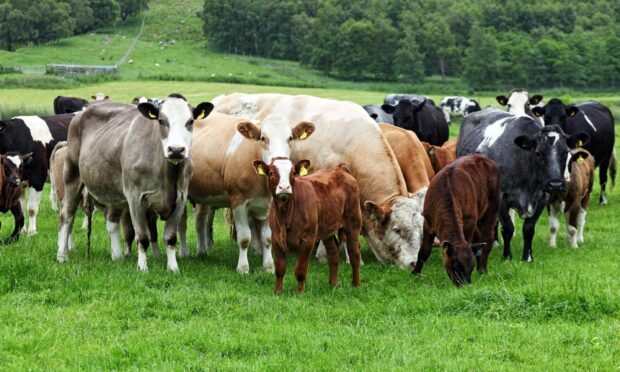When I started farming in 1972 rampant inflation was a fact of life.
Prices rose relentlessly year-on-year and powerful trade unions made sure wages kept up.
The oil shock of 1973 with oil prices rising by 70% drove inflation to a record-breaking 25% by 1975.
At the time we were 7th generation tenant farmers on the Bute Estates, and my father was considering buying a farm in England.
If he had the courage to borrow the money and buy the farm, he was looking at hyperinflation which would have doubled its value within three years.
What a bargain that might have turned out to be.
Of course, the flip side was borrowing money was not cheap.
Mortgage costs averaged about 10% and rose to a record high of 16% in 1981 as central banks desperately tried to bring runaway inflation back under control.
Could we have coped with ever rising mortgage repayments?
We will never know.
Today’s generation have never experienced inflation above 2% and take for granted the ability to borrow cheaply at less than 2%.
That stability has now gone.
Sky rocketing energy prices exacerbated by the war in Ukraine has now brought inflation roaring back with a vengeance and interest rates will soon follow.
Food prices are rising rapidly, and last weekend retail bosses predicted chicken would become dearer than beef.
Even the experts are unsure whether this outbreak of inflation is a short-term spike or here to stay.
One thing is for sure though – with fertiliser, diesel and feed costs rising to record levels farmers need commodity prices to continue rising if they are to remain profitable.
The war in Ukraine and the threat to wheat, sunflower and fertiliser supplies has shifted the debate away from cows killing the planet to real concerns about food security.
Many farmers and farm organisations I suspect are quietly hoping that the threat to food supplies can be used to push back against the drive to go greener.
Last week European Commission Vice President Frans Timmermans – the architect of the EU’s Farm to Fork strategy – hit out against critics accusing them of “scaremongering on food security” and using the war as a pretext to derail the EU’s green farming agenda.
He claimed wheat supply from Ukraine was a logistics and finance problem, and not one of availability.
To try and solve that problem the European Commission, in an unprecedented gesture of support, has pledged to unilaterally remove all tariffs and quotas on imports from Ukraine.
They also pledged to remove EU border barriers with Ukraine allowing grain exports to be hauled directly into EU markets and bypass the Russian blockade of Ukrainian ports.
Overnight Ukraine will effectively join the EU single market.
Will this work? Only time will tell.
I don’t always agree with Timmermans, but he was right to remind the farming industry that the drive to net zero is not going away.
A couple of weeks ago the Centre for Innovation Excellence in Livestock (CIEL) published a blunt assessment of how livestock farmers can achieve net zero.
The good news was that emissions could be reduced if livestock farmers became more efficient.
Improving herd fertility, health, genetic gain and calving at two years were all key to reducing emissions.
They estimated a typical 200-cow dairy farm could cut on-farm emissions by 15% by improving production efficiency and turning the freed-up land over to trees.
Dietary methane inhibitors were also very effective, although there is a practical problem on how you would feed them to animals in a grazing system.
For pig and broiler chicken units sourcing protein from land that had not been de-forested had a massive impact on reducing emissions.
The report claimed that GHG emissions from livestock could be reduced by 23% and ammonia emissions reduced by 15%.
However, these figures were only achievable if 100% of livestock farmers implemented the efficiency measures.
The bad news was that current technology in the livestock sector can only deliver less than half of the reductions in emissions that UK Government targets require.
The report throws up very difficult policy questions for the Scottish livestock sector?
How do you persuade all farmers to raise their on-farm efficiency into the top 10% bracket?
If farmers become more efficient, how do you prevent them increasing cow numbers on the freed-up land instead of planting trees?
In Ireland where livestock production dominates as in Scotland, they are considering the return of quotas to limit cow numbers.
If current technology can only deliver less than half of emissions reduction targets where is the new technology that will deliver the rest?
In Scotland we have legally binding and tougher targets than England, so what happens if we continue failing to meet them?
Do we just cut the cows?
Around Europe debates on these fundamental questions are raging.
Here in Scotland, they are buried in the invisible Agriculture Reform Implementation Oversight Board (ARIOB).
Some AROIB members told me we don’t have to worry about cow numbers any more as the civil servants have been changed.
Unfortunately, the arithmetic has not.
George Lyon is a former MEP and a former president of NFU Scotland. He is a senior consultant for Hume Brophy.
